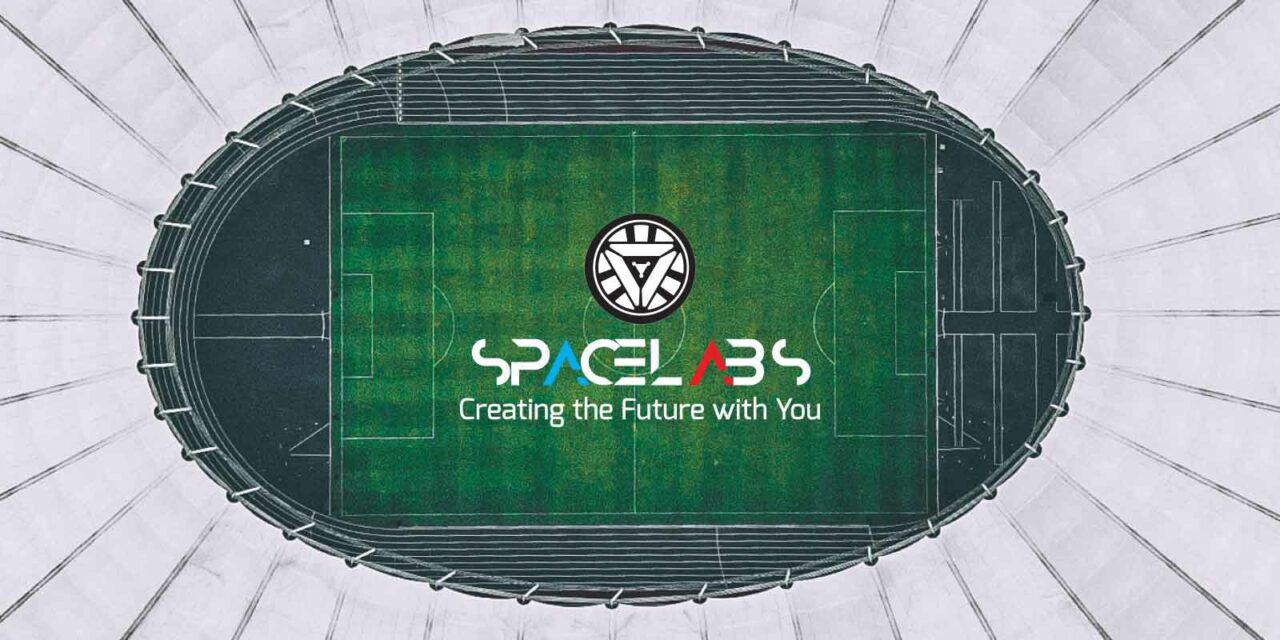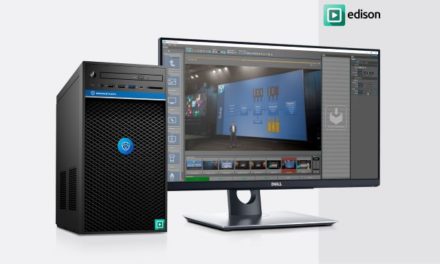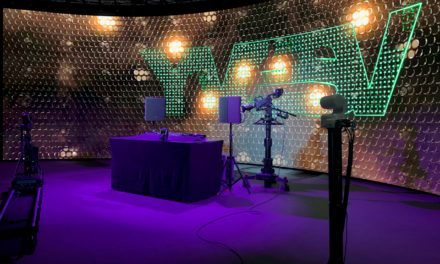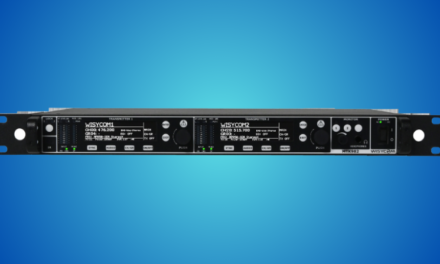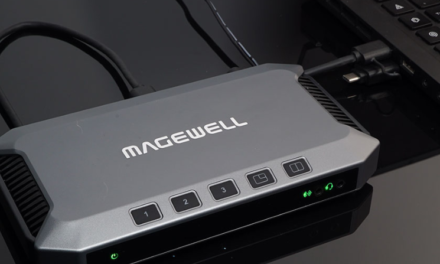Maximize Coverage, Minimize Resources: How SpaceLabs Leveraged Remote Production for the Malaysian Football League
Countless factors contribute to the successful output that live broadcasters aim to produce: a crystal-clear, low latency broadcast. However, to successfully stream live sports, a broadcaster depends on many moving pieces to come together. Armed with Haivision’s remote production solutions and a skilled team, SpaceLabs was able to efficiently capture, produce, and distribute content for each match in the Malaysian Football League’s 2021-2022 season.
Malaysia’s Major Event Manager
For over 20 years, SpaceLabs has supported live sports content production as a leading host broadcasting service around the world. Over these same years, SpaceLabs continued to innovate, finding smarter ways to manage sporting events through both technology and skill. Effective game management is crucial in the world of live sports and requires a suite of applications that aid in everything from registration to integration with sports-specific devices to real-time data graphics. Over time, SpaceLabs expanded its expertise in host broadcast services to be able to effectively manage contribution, management, distribution, and transmission.
Recently we joined SpaceLabs’ Managing Director (who also oversees the Broadcast & Technology portfolio), D. Brandon Ching, in conversation to get a window into the live broadcast workflow he created to stream every game in the Malaysian Football League during the pandemic.
The Challenge: A Sizeable Undertaking
When SpaceLabs began its work for the Malaysian Football League, it was one of its largest projects to date. Previous to the league, SpaceLabs had used low latency Makito video encoders and decoders to deliver high-quality video streams, initially trusting Haivision for its development of the SRT protocol. But new high-profile and international events combined with the added layer of constraints from pandemic restrictions accelerated remote production for SpaceLabs, which in turn called for a new solution that offered even more versatility and efficient use of resources.
“The pandemic accelerated our designs and plans for remote productions and, working closely with brands, including Haivision (together with Aviwest), we created the ecosystem to be much more adaptable for a lot of contingencies.”
— D. Brandon Ching
The Malaysian Football League contracted SpaceLabs to produce approximately 432 matches a season comprising two leagues, three knock-out challenge cups, and one charity season-kickoff event cup. Traditionally, host broadcasters would send 60 to 100-person crews days ahead, mobilizing OB trucks to capture the action – but with several concurrent matches a night, this was no longer feasible.
The Solution: A Small, Agile Field Crew
SpaceLabs was able to reduce its field crew size from between 60 to 100 people right down to a minimum of 10 crew members – leaving behind satellite and OB trucks for a flexible, cloud-supported workflow. In doing this, SpaceLabs still maintained a reliable, low-latency stream while better maximizing resources and minimizing costs.
On the contribution side, the 5-camera crew is supported on-the-go by Haivision Rack300 and Rack200 mobile video encoders which can transmit streams over IP and satellite links as well as over mobile networks including 5G with Haivision Quad CellLink active antennas and the Safe Streams Transport (SST) protocol for cellular bonding. Having adopted a remote production model, SpaceLabs relies on Haivision StreamHub to receive, decode, and distribute live video streams at the production facility.
Brandon described how StreamHub supported multiple stages of their remote production to allow them to send content to other agencies for redistribution: “We use StreamHub for not only decoding to SDI, but also for distributing IP-based feeds to rights-holders and partners.”
With a thoughtfully constructed live broadcast workflow, SpaceLabs was able to bundle the entire digital package – audio and video – and deliver it to the broadcast center.
The Specifics
Contribute: Haivision’s Rack300 and Rack200, Haivision Pro460, Makito X4 Encoder
Transmit: SST, SRT, RTMP Protocols, cellular networks, WiFi, Satellite (as a backup for contingencies)
Receive: Haivision StreamHub, Makito X4 Decoder
Distribute: SDI and NDI TX
Maintaining Levels of Communication
Additional StreamHub features support the behind-the-scenes communication required between crew members: “Haivision’s SRT and mobile video solutions combined allow us to also support intercom feeds and tally lights. Two-way communications are crucial to us because the crew is on the ground, while our directors are back at the SpaceLabs broadcast center,” Brandon explained, “It enables us to have that flexibility and helps us to create the entire package of produced content for the rights-holding broadcasters.”
The Malaysian Super League had more than 77.9 million total viewers from the rights-holding broadcaster’s YouTube channel alone, more than four times the previous views, plus another 35.8 million views from the IPTV Linear Channel. For SpaceLabs, a stable, low latency remote production model that reduced crew size was critical to its partnership with the Malaysian Football League. Not only did it allow SpaceLabs to produce more content while using resources more efficiently, but its stability offered extra peace of mind to the team.
“Malaysia tends to have a volatile infrastructure in terms of the bandwidth, so public internet in stadiums is not fully reliable and can really fluctuate,” Brandon shares. “Bandwidth can fluctuate with tremendous drops. That’s why we trust Haivision to handle the heterogeneous networks from high priority to low priority cells that we’re working with the multi-SIM cellular bonding technology, and, lastly, the redundancy of having a KU band as our third option – redundancy to the redundancy.”
The real success was being able to deliver a high-quality audience experience. “We want people to be able to shout “goal!” from the stadium at the same time as those back in the sports bars and cafes or at home so that everyone can enjoy the experience of being there in the stadium, in person or virtually.”
With a successful season under its belt, SpaceLabs looks forward to harnessing a remote production approach using Haivision technology to support an expansion of its capabilities for even larger leagues.

